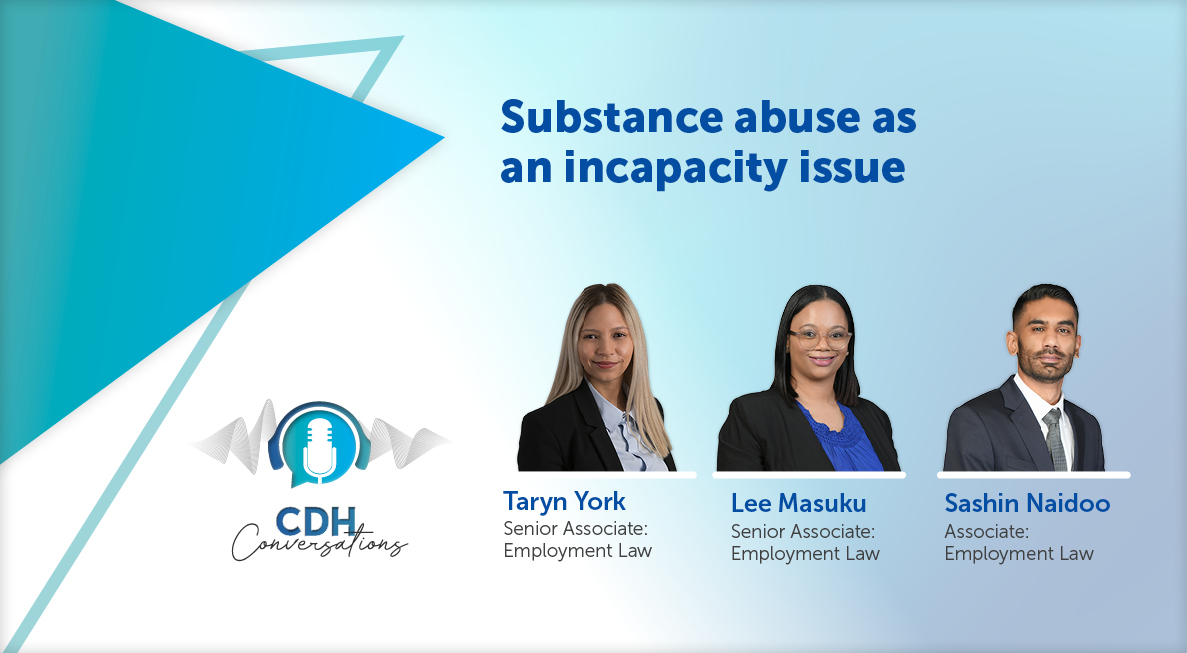Judgment on the interpretation of the "deeming provision": sole or dual?
The Labour Court handed down judgment earlier today in a highly anticipated interpretation ruling relating to the recent amendments to the Labour Relations Act 66 of 1995 (LRA). More specifically, the judgment provides clarity on the interpretation of the “deeming provision” contained in s198A of the LRA, which provides that the client of a temporary employment service (TES) is deemed to be the employer of the TES employees earning less than the earnings threshold (currently R205 433.30 per annum) who have been placed at the client for more than 3 months.
There is much debate as to whether the deeming provision means that the client of a TES becomes the sole employer or the dual employer of the TES employees. Prior to today’s judgment, a number of decisions emanating from the CCMA and bargaining councils have declared the deeming provision to mean that the client becomes the sole employer of the TES employees after 3 months.
In Assign Services v CCMA and others (JR 1230/15; 8 September 2015), the court was tasked with determining whether the commissioner had erred in his interpretation of the deeming provision. The commissioner, too, found that the deeming provision meant that the client of the TES became the sole employer of the TES employees earning less than the earnings threshold who had been placed at the client for more than 3 months.
The court stated that the true issue for determination was whether the TES continues to be the employer of the TES employees (notwithstanding the application of deeming provision) and, therefore, is concurrently vested with the rights/obligations and powers/duties generated by the LRA.
The court found that the TES continues to be the employer of the TES employees, even after the application of the deeming provision. There is no reason, in principle or practice, why the TES should be relieved of its statutory rights and obligations towards the TES employees merely because the client acquires a parallel set of such rights and obligations. The deeming provision does not invalidate the contract of employment between the TES and TES employee or derogate from its terms.
The court further made the important finding that the deeming provision is expressly made only to operate for the purposes of the LRA and that it therefore serves to amplify or expand the protections afforded to employees and not to substitute the TES employee’s protections vis-à-vis the TES with protections vis-à-vis the client.
The current legal position is that TES employees remain the employees of the TES and, by virtue of the deeming provision, can now assert their rights against the clients of the TES as well. The finding of the Labour Court therefore supports the “dual employer” approach and TES employees do not transfer to the client as the sole employer.
The Labour Court has clarified the interpretation of the deeming provision to the satisfaction of TES and their client’s alike. However, this is likely not to be end of the debate around this very contentious amendment to the LRA.
The information and material published on this website is provided for general purposes only and does not constitute legal advice. We make every effort to ensure that the content is updated regularly and to offer the most current and accurate information. Please consult one of our lawyers on any specific legal problem or matter. We accept no responsibility for any loss or damage, whether direct or consequential, which may arise from reliance on the information contained in these pages. Please refer to our full terms and conditions. Copyright © 2025 Cliffe Dekker Hofmeyr. All rights reserved. For permission to reproduce an article or publication, please contact us cliffedekkerhofmeyr@cdhlegal.com.
Subscribe
We support our clients’ strategic and operational needs by offering innovative, integrated and high quality thought leadership. To stay up to date on the latest legal developments that may potentially impact your business, subscribe to our alerts, seminar and webinar invitations.
Subscribe



